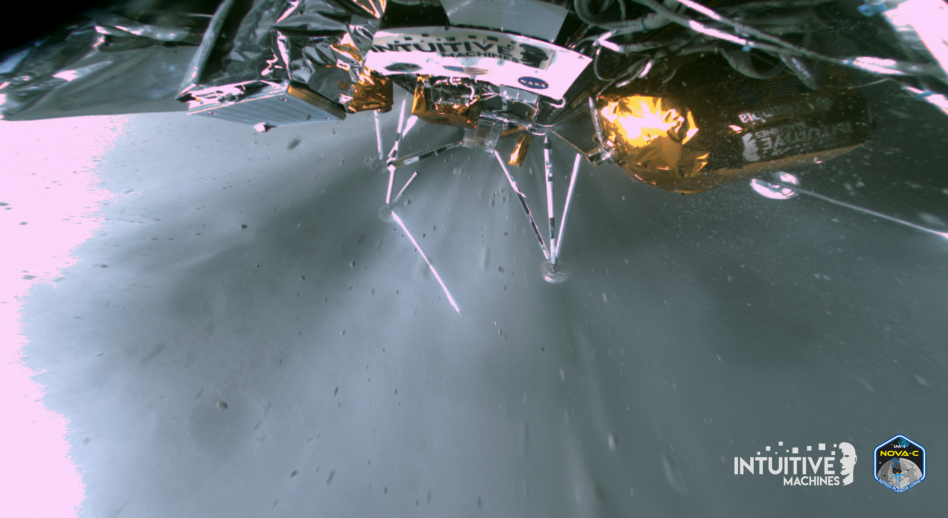By the time you read this, the sun will have set on Odysseus, Intuitive Machines’ Moon lander—or at least on its solar panels. If its batteries survive the cold lunar night (the odds are low), it may reawaken.
While $LUNR’s stock fell from post-launch heights amid reports of the final state of the lander—sideways, but alive—the company’s executives and main customers were bullish about the mission and its future implications.
The NASA report card: The mission was a success, according to the space agency’s deputy associate administrator for exploration Joel Kearns. “The big goal was to land your equipment softly so you could get data from it and that was done successfully,” he said.
Correcting the record: The Hollywood-blockbuster tale of pulling out a last minute win with unproven hardware didn’t quite come off. The lander couldn’t make an emergency switch to a NASA LiDAR system, and touched down solely using its optical navigation system. “If we would have had the laser rangefinders, we would have nailed the landing,” CTO Tim Crain said. The failure to arm the lasers before flight was blamed on different configurations between ground test and actual flight equipment.
Crain’s Lunar Business: Both NASA and IM emphasized that the first Commercial Lunar Payload Services Missions are pathfinders. Crain identified four capabilities of the Nova-C lander that could only be tested in space.
- There is no way to put a fully-loaded methalox vehicle through load and vibration testing on Earth
- The free flight control of the engine could only be shown in microgravity
- Communications at a lunar distance requires, well, lunar distance
- The navigation camera had to be demonstrated in lunar conditions
Besides turning on the lasers, the company will add more cameras and antennas to its second Nova-C lander. “For Mission 2, I have so much more confidence knowing that the flight control, the propulsion system, and these navigation algorithms…can put us down in an area of craters and shadows, and with precision,” CEO Steve Altemus said.
Opportunity Knocks: Altemus said officials from ESA had already reached out about flying payloads on the company’s next mission to the Moon, and companies interested in marketing partnerships have come a-knocking.




